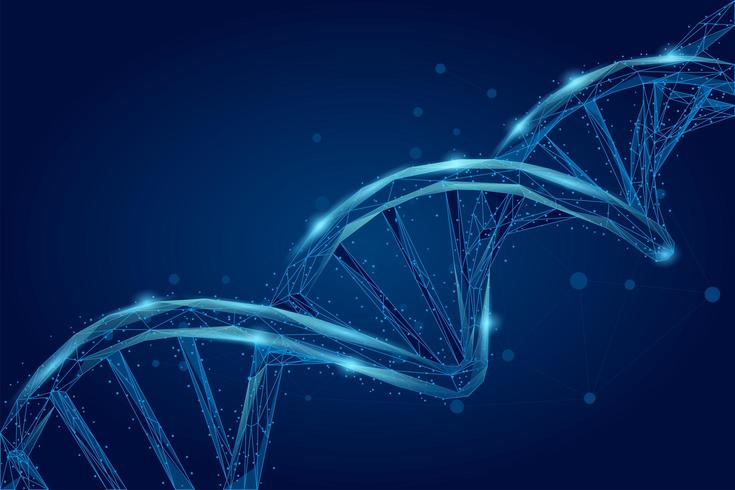
Structure And Replication Of DNA
Structure And Replication Of DNA
Objective
This unit aims to make students familiar with the structure of DNA.
Structure Of DNA
DNA is the polymer of nucleotides.
Nucleotides
Nucleotides are monomers that join together to form nucleic acid (DNA and RNA).
It consists of:
1. Nucleic acid
2. Phosphate group
3. Pentose sugar
RNA consists of ribose as pentose sugar while DNA consists of deoxyribose sugar as a base.
Role Of Nucleotides
1. They form polymers of DNA and RNA which play a role in inheritance.
2. A phosphorylated nucleotide contains phosphate bonds serve as an energy carrier. Like ATP. They have three phosphate groups attached which serve as high energy bonds.
3. They serve as a coenzyme for different metabolic reactions. Eg NAD.
Types Of Nucleotides
There are four different types of nucleotides. It depends upon the types of nitrogenous bases. There are four different types of nitrogenous bases.
1. Adenine =A
2. Guanine =G
3. Thymine =T
4. Cytosine =C
They are represented by the first letter they contain.
A and G are purine bases. They contain a double ring structure.
Cytosine and Thymine are pyrimidine bases. They have a single ring structure.
Nucleotides are joined together by condensation to form polymers. The phosphate group of one nucleotide is bond with the pentose sugar of others.
Structure Of DNA And RNA
RNA
1. RNA has a single-stranded structure. The strand can coil upon each other.
DNA
1. DNA consist of a double-helical structure that is two strands run opposite to each other and twisted around each other.
2. There are hydrogen bonds between the nitrogenous bases on two strands.
3. Adenine bonds with thymine and Guanine bonds with cytosine.
Significance Of Complementary Base Pairing:
1. Only certain bonding is possible. That is Adenine can only bond with thymine and Cytosine always bond with Guanine.
2. The two strands are complementary to each other. That means if one strand is broken the other can be figured out easily.
3. The DNA replication is semi-conservative that is each daughter cell has one strand from the parent.
4. Complementary base pairing results in the formation of identical daughter DNA.
DNA Replication
Before cell division, the cell needs to double up its DNA. This is important so that each daughter cell form has an equal amount of DNA.
During the S phase of interphase, the cell replicates its DNA.
Semi Conservative Replication:
• The hydrogen bonds between two strands breaks and the two strands are unzipped.
• Nucleotide bases moving freely in the cytoplasm bumps with the opened strand.
• Adenine binds with Thymine and Guanine pairs with Cytosine.
• DNA polymerase joins the deoxyribose part and phosphate part of nucleotides.
• The replication is called semiconservative because each daughter's DNA contains a half strand of the parent DNA.
